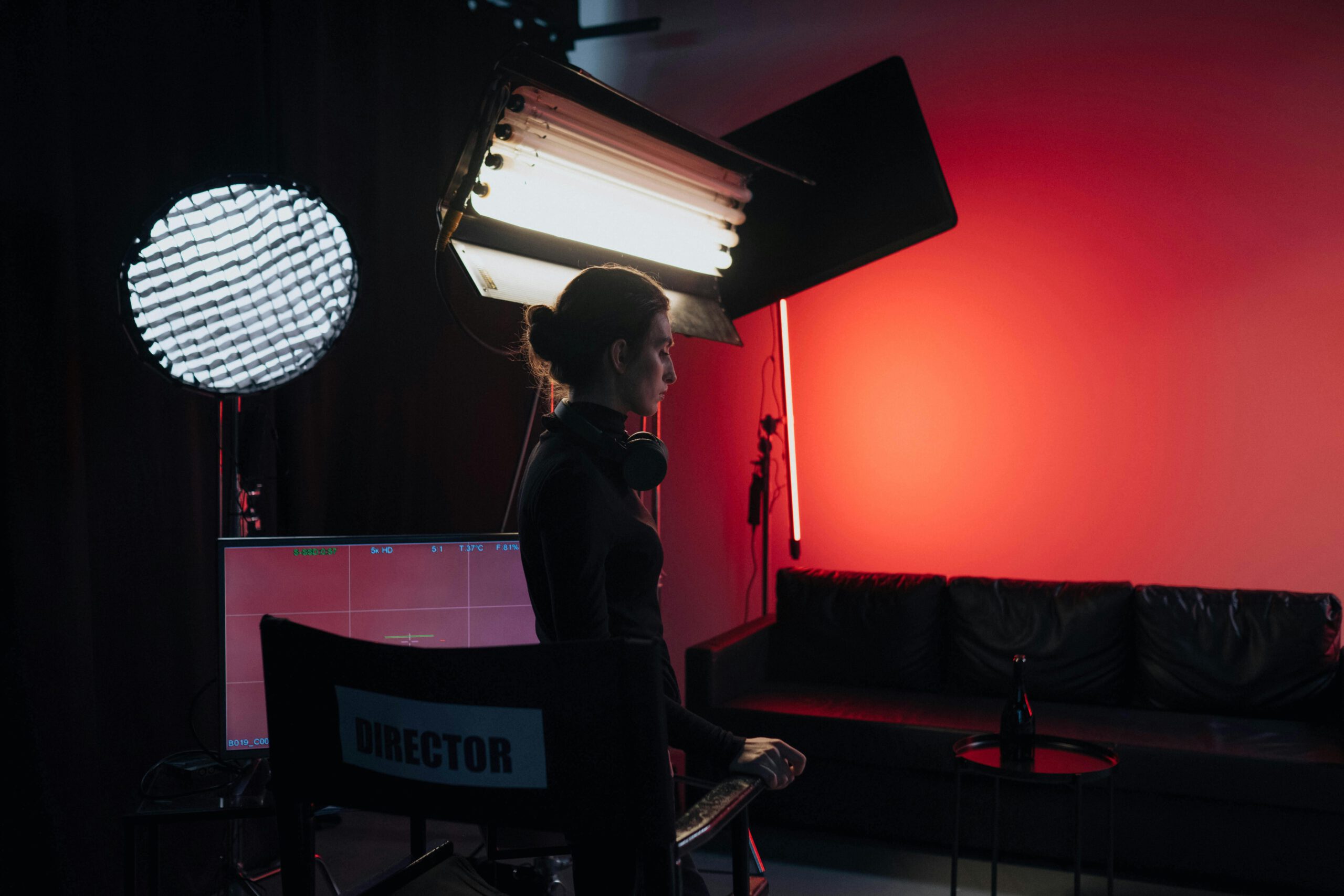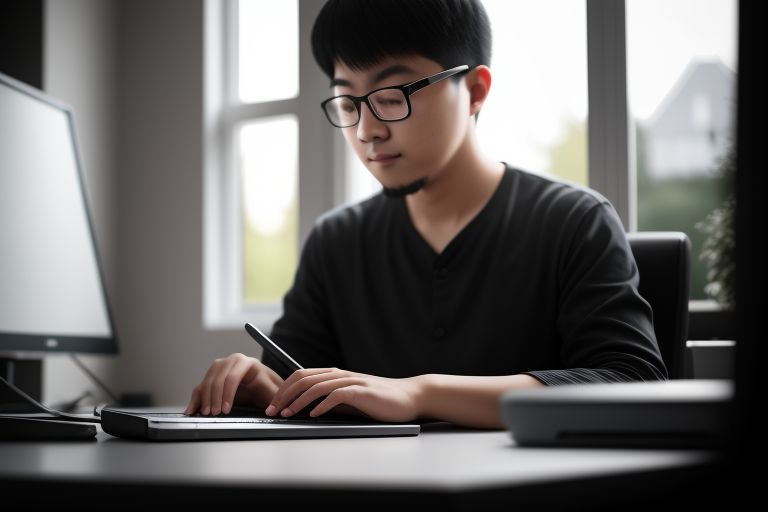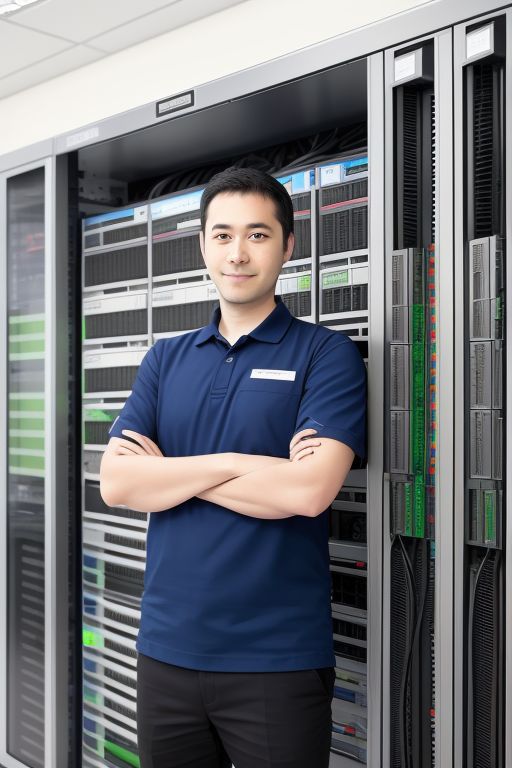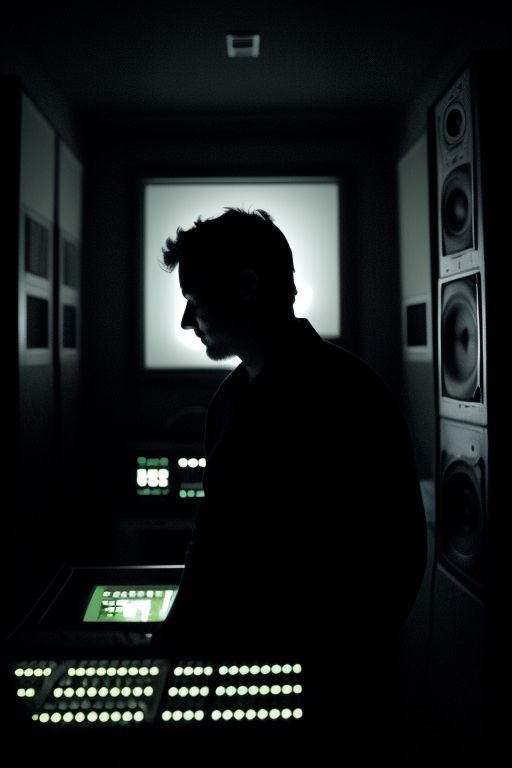The Lighting Director (LD) plays a crucial role in shaping the visual aesthetics of a production. The LD is responsible for designing, implementing, and managing all aspects of lighting to ensure that each scene looks its best and conveys the right mood and tone. This article delves into the diverse responsibilities of a Lighting Director, highlighting their significance, required skills, and the impact they have on the overall production.
The Role of a Lighting Director in Broadcast
The Lighting Director is tasked with creating a lighting design that enhances the visual quality of a broadcast. They work closely with the director, cinematographer, and other key crew members to achieve the desired look and feel. Here’s a detailed look at their key responsibilities:
- Pre-Production Planning
- Script Analysis: The LD starts by reading the script to understand the story, mood, and visual style. They take notes on scenes that require specific lighting effects.
- Design Concept: Based on discussions with the director and cinematographer, the LD develops a lighting design concept that aligns with the overall vision of the production.
- Equipment Planning: They determine the types and quantities of lighting equipment needed, including lights, gels, dimmers, and control consoles. The LD also plans the layout of lighting fixtures.
- Technical Setup
- Lighting Plot: The LD creates a detailed lighting plot, which is a diagram that shows the placement and direction of all lights. This plot serves as a blueprint for the lighting crew.
- Rigging and Installation: They oversee the rigging and installation of lighting equipment, ensuring that everything is set up safely and correctly. This includes hanging lights, running cables, and setting up control consoles.
- Testing and Calibration: The LD tests and calibrates all lighting equipment to ensure it functions properly. They adjust settings such as intensity, color temperature, and focus.
- Production Execution
- Live Adjustments: During the production, the LD makes real-time adjustments to the lighting to accommodate changes in camera angles, scene blocking, and unexpected events.
- Cue Management: They manage lighting cues, ensuring that lights change according to the script and director’s instructions. This involves precise timing and coordination with the control room.
- Troubleshooting: The LD addresses any technical issues that arise with the lighting equipment, ensuring that problems are resolved quickly to avoid disruptions.
- Post-Production Collaboration
- Review and Feedback: After filming, the LD reviews the footage with the director and cinematographer to ensure that the lighting meets the desired standards. They provide feedback and make notes for future improvements.
- Lighting Effects: In some cases, the LD may work with post-production teams to enhance or correct lighting effects using software tools.
Key Skills Required for a Lighting Director
Being an effective Lighting Director requires a blend of technical knowledge, creative vision, and practical skills. Here are some of the most critical skills needed:
- Technical Proficiency: LDs must have a deep understanding of lighting equipment, including lights, dimmers, control consoles, and electrical systems.
- Creativity: A strong sense of creativity and an eye for detail are essential to design lighting that enhances the visual narrative and creates the desired mood.
- Communication: Effective communication skills are crucial for collaborating with directors, cinematographers, and the lighting crew to implement the lighting design.
- Problem-Solving: The ability to quickly address and resolve technical issues is vital, especially during live broadcasts or tight shooting schedules.
- Attention to Detail: LDs must pay close attention to detail to ensure that all lighting elements are executed flawlessly and safely.
The Impact of a Lighting Director
The Lighting Director’s role is central to the visual storytelling of a broadcast. Their work directly influences the quality and impact of the final production. Here are some ways LDs make a significant impact:
- Visual Quality: By designing and implementing effective lighting, LDs enhance the overall visual appeal of the broadcast, making it more engaging and professional.
- Mood and Atmosphere: Through the use of light and shadow, color, and intensity, LDs help create the mood and atmosphere of each scene, reinforcing the narrative and emotional impact.
- Audience Engagement: Well-executed lighting captures the audience’s attention, maintaining their interest and enhancing their viewing experience.
- Safety and Efficiency: By managing the setup and operation of lighting equipment, LDs ensure a safe and efficient production environment.
The Lighting Director’s Workflow in Broadcast Production
To understand the role of a Lighting Director, it’s essential to look at their workflow in detail, from pre-production to post-production.
- Pre-Production Phase
- Concept Development: The LD starts by discussing the director’s vision and the script’s requirements. They develop a lighting concept that aligns with the overall aesthetic of the production.
- Lighting Plot and Equipment List: They create a detailed lighting plot and an equipment list, specifying the types and quantities of lights, gels, dimmers, and control consoles needed.
- Location Scouting: The LD may visit shooting locations to assess the available light, space constraints, and potential challenges. They plan the lighting setup accordingly.
- Production Phase
- Setup and Rigging: The LD oversees the setup and rigging of lighting equipment, ensuring that all fixtures are installed safely and correctly. They work with the lighting crew to hang lights, run cables, and set up control consoles.
- Testing and Adjustments: They test all lighting equipment and make necessary adjustments to ensure it functions properly. This includes calibrating light intensity, color temperature, and focus.
- Live Management: During the production, the LD manages the lighting in real-time, making adjustments to accommodate changes in camera angles, scene blocking, and unexpected events.
- Post-Production Phase
- Reviewing Footage: After filming, the LD reviews the footage with the director and cinematographer to ensure that the lighting meets the desired standards. They provide feedback and make notes for future improvements.
- Enhancements and Corrections: In some cases, the LD may work with post-production teams to enhance or correct lighting effects using software tools.
The Evolution of the Lighting Director’s Role
The role of the Lighting Director has evolved significantly with advancements in technology and changes in production methods. Today’s LDs must stay updated with the latest tools and techniques in the industry:
- LED Lighting: The rise of LED lighting technology has expanded the capabilities of LDs, offering more flexible and energy-efficient lighting options.
- Digital Lighting Control: Modern control consoles and software tools allow for more precise and dynamic control of lighting, enabling LDs to create complex lighting effects with ease.
- Virtual and Augmented Reality: LDs are increasingly involved in lighting for virtual and augmented reality productions, requiring new skills and approaches.
- Sustainability: There is a growing emphasis on sustainable lighting practices, with LDs seeking ways to reduce energy consumption and minimize the environmental impact of their work.
Real-World Examples of Lighting Directors
To illustrate the impact and responsibilities of Lighting Directors, let’s look at some real-world examples:
- Live Concerts
- LD’s Role: In live concerts, the LD is responsible for creating a dynamic and visually stunning lighting design that enhances the performance and engages the audience. This involves coordinating with the music and choreography to synchronize lighting effects.
- Challenges: The fast-paced and unpredictable nature of live performances requires LDs to be highly adaptable and capable of making quick adjustments in real-time.
- Television Studios
- LD’s Role: In television studios, the LD designs lighting for various types of shows, including news broadcasts, talk shows, and game shows. They create a consistent and visually appealing look that suits the format and style of each program.
- Challenges: Studio lighting must be versatile and adaptable to different setups and formats, requiring careful planning and coordination.
- Film Production
- LD’s Role: In film production, the LD works closely with the director and cinematographer to create the desired mood and atmosphere for each scene. This involves detailed planning and precise control of lighting to achieve the artistic vision.
- Challenges: Film lighting often involves complex setups and intricate coordination, requiring a high level of technical proficiency and creative vision.
Conclusion
The role of a Lighting Director in broadcast is multifaceted and essential to the success of any production. LDs are the visual architects, designing and implementing lighting that enhances the overall aesthetic and emotional impact of a broadcast. Their responsibilities span technical, creative, and managerial tasks, requiring a unique blend of skills and expertise.
Lighting Directors play a crucial role in ensuring high-quality visual content, contributing significantly to the overall impact and success of the broadcast. Their work enhances the narrative, engages the audience, and ensures that the production runs smoothly and safely.






Leave a Reply